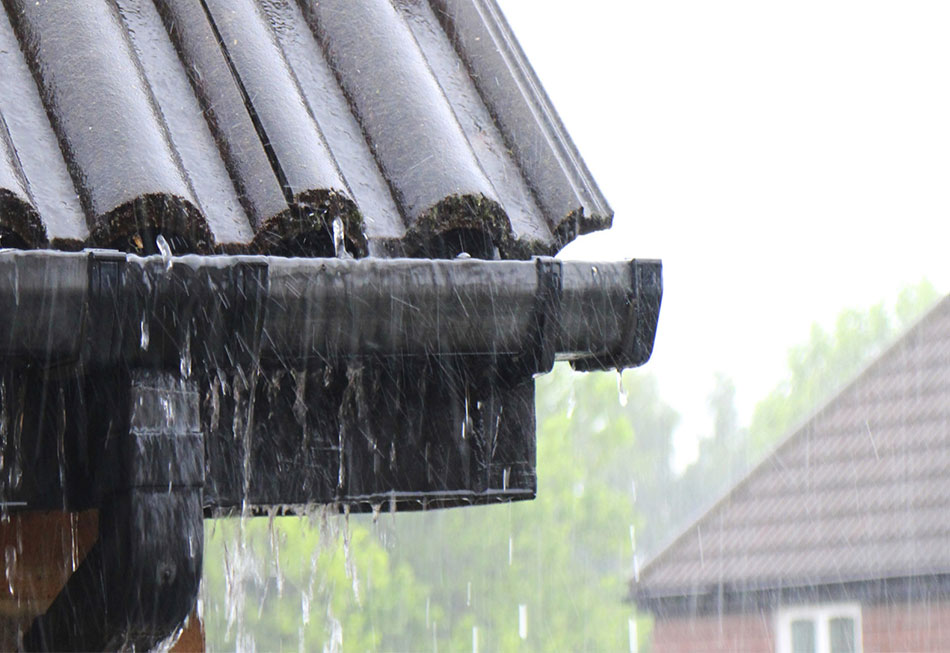
Roofing and Guttering Melbourne
Good Roofing and Guttering in Melbourne are important to ensure that your home has a solid, leak-free roof. They will protect your property against harsh weather elements and keep your home in good condition. Maintaining roofs and gutters helps to improve their functionality and extend their lifespan, while poorly maintained roofs can be costly to you as a homeowner.
Here, we’ll cover everything you need to know about roofing and guttering so you can have a better understanding of how to keep your home safe and dry. First, let’s look at the different types of roofs and gutters you can have installed in your home. Then, we’ll talk about the difference between roofers and roof plumbers, and look at why it may be in your best interest to hire a professional licensed in both.
Types Of Roofing
Initially, homeowners had a very limited pool of roofing options to choose from; there was nothing apart from concrete tiles, Terracotta and clay tiles as well as slate. Advancement in technology has seen roofing options expand over time, with new materials coming to the market. Here are some types of roofing you can use on your home:
Metal Roofing
This roofing type comes in vertical panels or shingles that resemble shake, slate, and tile. Metal roofing can last up to 60 years before needing replacement. This type of roofing is suitable for areas that experience heavy rainfall and snow as it can easily slough off the rainwater and snow. It’s also lightweight, fire-resistant, and can withstand high winds. We personally recommend Colorbond steel.
The only downside to metal roofing is that it can be noisy during rainstorms and can be dented by hailstones.
Solar Tiles
If you live in a sunny area and want to leverage the sunny environment to reduce your energy costs, then solar tiles are the best option to go for. Tesla offers them in Australia. They can be easily integrated into the existing shingles and usually generate up to 1 kilowatt of energy per 10 square meters. Still, solar tiles are quite costly and their installation is delicate.
Power Your Home With Beautiful Solar – Tesla
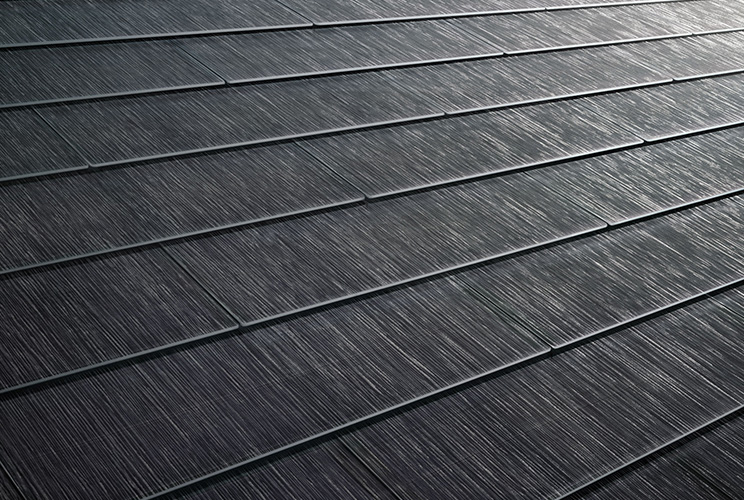
Slate
This type of roofing can serve you for more than a century. Some benefits of slate roofs include fire resistance, waterproofing, and the ability to resist the growth of fungus and mould. It’s best suited to wet climates but the components are quite heavy and break easily when stepped on. Caution is needed when dealing with slate roofs as they are quite expensive.
Rubber Slate
Just like slate roofs, rubber slate roofs can be easily damaged by hailstones or break when stepped on. Mostly found in Victorian homes, rubber slate roofs have a natural look and can be easily cut with a knife to fit into any roof design. They need specialised roofing professionals to install correctly.
Clay and Terracotta Tiles
Terracotta roofs are made of clay that is processed & shaped into tiles/shingles. It’s been the go-to option for centuries of civilisation, and with all the amazing benefits it is not so hard to see why. The best thing about terracotta roofs is the fact that they work well with most home styles. no matter the style of your home, these tiles always manage to complement it.
Concrete Tiles
Concrete tiles are also on the popular side as they are extremely durable and way and a cheaper alternative to clay however keep in mind concrete tiles are very heavy and they absorb water which means regular maintenance otherwise they will be prone to developing mould & mildew.
Stone-coated Steel
Stone-coated steel can withstand harsh weather conditions such as 120 miles per hour winds, heavy rains up to 8.8 inches per hour, freeze-thaw, and hailstorms. This type of roofing is economical, suitable for wet and windy climates, and fire-resistant. Some manufacturers offer lifetime warranties for stone-coated steel roofing.
Green Roofs
Green roofs refer to roofs covered with plants to improve air quality, insulate the home against urban heat, and minimise water runoff. However, you will incur additional costs when installing green roofs. This is because they require additional structural support, thermal insulation, water filtration, drainage, waterproofing, and a vapour barrier. You will also need to factor in the plants, soil, and compost. Green roofs can last up to 40 years.
Different types of houses and climate require different types of roofing. There’s no universal roofing solution, especially when counting in your budget. If you are looking to install a roof and don’t know which type to go for, get in touch with Vivify Roofing for advice from experienced and licensed roofing professionals. We will also advise on the best maintenance approaches to use so your roof can serve you for a longer period of time with minimal effort.
What Are The Different Roof Designs Available?
Your roof does more than just protect yourself, your loved ones and your valuables from harsh weather elements, it also contributes to the overall style and look of your house. The roof improves the aesthetic value of your home, with quality roofing often raising the property value. Besides that, it also improves energy efficiency and the resilience of your home. There are different roof designs depending on your needs and personal preference, with some of the most common types being:
Gable Roof
Gable roofs are quite popular, can be easily recognised by their triangular shape and they are also referred to as pitched roofs. They are usually simple, cheaper, and easy to install.
There are different types of gable roofs including front gable roof, side gable, crossed gable, and Dutch gable roof.
Hip Roof
Hip roofs slope on all the sides and form a ridge at the top. They provide more stability compared to gable roofs as the inward slope makes them stronger and more durable. There are different types of hip roofs such as simple hip roof, cross hipped roof, and half-hipped roof.
Hip roofs are suitable for snowy and windy areas. The only downside is that they’re quite expensive and have a complex design that requires more materials during installation.
Mansard Roof
Also referred to as French roofs, Mansard roofs are four-sided roofs with each side having two slopes that form a low-pitched roof where they meet. The upper slope is less steep than the lower one. Depending on the style used, the sides can either be curved or just flat.
Mansard roofs help to create extra living space in the attic; such a space is known as a garret. If using the attic for residence, it’s important to install windows to allow in natural light, though the low-pitched part of the roof tends to become uncomfortable in extreme weather conditions such as a snowfall. Mansard roofs are also costlier than an average roof.
Gambrel Roof
Gambrel roofs have similarities to Mansard roofs and also have two different slopes. However, Gambrel roofs have only two sides while Mansards have four. Gambrel roofs are also known as barn roofs as they are mostly used on barns, log cabins, and farm houses. Besides providing extra living space, Gambrel roofs are also easier to frame out but they aren’t suitable for areas that experience heavy snowfalls or high winds.
Flat Roof
Flat roofs are flat, with only a slight pitch that allows for water run-off and drainage. They are mostly used on commercial and industrial buildings, though some residential areas also install flat roofs. One of the benefits of flat roofs is that they allow for extra space for a mini garden. You can also place your HVAC system on the roof and keep it out of reach of children.
Flat roofs require few building materials, are easy to construct, and are inexpensive but they make your home more susceptible to water leakage and damage. They are not suitable for areas that experience high rainfall or snowfall. Flat roofs are also difficult and expensive to maintain in the long run.
Skillion Roof
Skillion roofs are single sloping roofs that are usually attached to a taller wall. They look like an angled flat roof or half of a pitched roof. They are also known as lean-to or shed roofs. While they’re mostly used for porches, sheds, and home additions, Skillion roofs are now increasingly getting used in modern homes for the entire roofing. They require few materials and are easier to install. Their steep slope also allows for easy running off of water and snow.
Still, they can be problematic in areas with high wind speeds. Skillion roofs also usually have very low ceilings, especially if the pitch is too high.
Jerkinhead Roof
A Jerkinhead roof is a combination of elements from hip and gable roofs. You can describe it as a hip roof with two short sides or a gable roof that has hipped ends. In some areas, they are referred to as clipped gable roofs or English hip roofs. Jerkinhead roofs provide more stability than regular roofs and are more wind-resistant. Their two downsides is that they are expensive and complex to install.
Butterfly Roof
Butterfly roofs are angled to the outside to form a V-shape. The midsection is usually angled downwards where two tandem pieces meet into a valley. Butterfly roofs are common in tropical and eco-friendly homes. One of the advantages of butterfly roofs is that they allow in more natural light, since you can install larger windows. You will also incur lower heating bills during the cold seasons and in dry areas the valley allows for an easy collection of rainwater.
This roof design is exceedingly complex and very expensive, with the high costs also extending to their maintenance. They need waterproofing or you risk water pooling or leaking when the drainage systems get clogged. This weakens the roof’s pillars and the entire structure may then collapse. The large tall windows also make it difficult to regulate temperature and you may end up with certain sections of the home being warmer than others.
Bonnet Roof
Bonnet roofs are also referred to as kicked-eaves. They are double sloped, with the lower slope having a lesser angle than the upper one. In appearance, they look like a reverse Mansard roof. The lower slope usually hangs over the side of the house to provide a cover for open porches and protects the walls from water damage. The upper slope allows for extra living space.
Bonnet roofs are less common these days, are difficult to install, and require more building materials.
Saltbox Roof
Saltbox roofs have an asymmetrical design with gables at each end. One side of the roof usually looks like a sloped flat roof while the other side resembles a lean-to roof. Saltbox roofs also provide additional living space in the home. They make it easy to run off water and snow, making them more durable compared to simple gable roofs.
Two disadvantages of saltbox roofs is that they: a) have a complex design, which makes them more expensive and b) some of your rooms will have slanted ceilings.
Other Notable Roof Designs
There are also a number of other notable roof designs you can install in your home. Examples include sawtooth roofs, curved roofs, pyramid roofs, dome roofs, and combination roofs. When choosing a roof design, it’s important to first consider your area’s climate to see the type that will work for you.
Don’t neglect your personal taste and preference. Your roof should really be something you’re proud of and want to show off to everyone you know.
Always have in mind that roofs usually form ridges and valleys when joined together. These points are the weakest areas in your roofing system and can pool snow or water, resulting in water damage. The cascading water damage also enables the growth of mould on your walls.
Types of Gutters
To provide a runoff for rainwater and prevent water damage, it’s advisable to install gutters on your roof. They divert the water from your home to a collection point or drainage. There are three primary types of gutters you can install on your roof:
Half-round Gutters
Half-round gutters are shaped like a tube cut in half horizontally and are very effective in carrying water. However, their shape and open design allow them to collect leaves and debris, leading to constant clogging. You can easily solve this problem by installing a leaf guard on the gutter. This gutter type also requires brackets to hold them against the fascia board.
K-style Gutters
When you look at this type of gutter from the outside, they have a slight resemblance to the letter K. They can be directly nailed to the fascia board as they have a flat back. K-style gutters are popular because the front resembles crown moulding, giving them a decorative look. They are also able to carry more water compared to half-round gutters but the inner angles hide rotting debris and make them harder to clean.
Gutter Materials
Gutters can be made from different materials. The most common materials used in making gutters include the following.
Aluminium
This is the most common material used to make gutters. It’s lightweight, easy to install, and long-lasting, serving you and your roof up to 25 years. Besides being available in a variety of colours, aluminium can also be easily repainted to your preference.
Stainless Steel
Steel gutters are fairly durable and can last up to 10 years when galvanised. However, they are usually quite heavy and expensive.
Zinc
This is the most expensive material used to make gutters, but homeowners looking for durability and longevity often opt for zinc gutters. There’s no need to paint zinc gutters as they usually develop patina over time, though you will need to have the joints and seams welded.
Common Roofing and Gutter Problems
No matter how well you maintain your roofing system, wear and tear is bound to occur with time as your roof bears the brunt of harsh weather elements. That’s not necessarily a problem if you act before any serious damage occurs.
In this section, we’ll look at common roofing system problems, which are tell-tale signs the time is right for roof maintenance. In this way, you will know exactly how much time you have to call in a professional roofer.
Some common problems with roofing systems include the following:
Leaking Roofs
Statistically speaking, this is what we spend the most of our time fixing. Most leaks occur near the chimney, beneath damaged shingles, around the gutters, at flashing points, at skylights, in low valleys and spots, and around the pipes and vents. Leaks are typically hard to spot but can be inferred from the mould growing, the walls and floors becoming damp or a water stain spreading on the ceiling.
Pooled Water
Flat and butterfly roofs most often have issues with pooling water due to their specific design. When water finds a depression where it can pool, it exerts pressure on the surrounding material and seeps inside the roof.
Punctures and Holes
Foot traffic, animals and birds, and objects can scrape the roof and leave puncture marks but hailstones can be an issue as well. These are normally not an issue until the water starts pooling there.
Shrinkage
We have seen roofs shrinking. Slight oscillations in material due to temperature changes and other factors can cause problems such as deterioration and cracks. This can cause other critical components, such as flashing and roof coverings, to pull apart.
Cracking and Blistering
Depending on material type, roofs may develop ridges, cracks, and blisters after prolonged weather exposure. This is common in built-up roofs that have several layers on a flat surface.
Snow and Ice Damage
If you live in an area that experiences snowfalls, be aware that snow and ice damage are a definite source of roof damage. Water has a unique property of expanding in volume as it freezes, meaning it can seep inside the roof and refreeze, pushing up the shingles and flashing. Apart from weakening the roofing structure, this can create bigger gaps for water to pass through.
Poor Installation
Poorly installed roofing systems are quite common. Homeowners try to save money by hiring semi-qualified roofing technicians or by installing the roof and gutters themselves. This is not only expensive in the long run but also a safety hazard. Always ensure that your roofing needs are taken care of by licensed technicians such as Vivify Roofing. Our experts are also trained on the latest roofing technology.
Tree Damage
If there are trees looming over your roof, you need to watch out for tree damage. Trees can snap and smash into your roof, cause terrible damage. Even if they don’t, broken branches and hard fruits can scratch the surfaces and accelerate the wear and tear or clog your gutters.
Clogged Gutters
Defective gutters can cause water to pool up on your roof and lead to the rotting of the wooden components. It’s advisable to routinely check for clogs and have damaged gutters fixed as soon as possible by a professional to avoid compound damage.
Several other issues can affect your roof. It’s important to periodically inspect your roof and call in a professional if you notice anything wrong. Some roofing components that are affected the most include the fascia, the finished surface below the fascia and rafters (soffit), flashings, gutters, and shingles.
Signs of Roof or Gutter Problems
As mentioned earlier, some problems can be easily identified while others require a deeper diagnosis. In case the problem isn’t obvious, there are signs that you can watch out for. Some signs that indicate a problem with your roofing systems are:
Discoloured walls: These could indicate a leak or blockage resulting in an overflow.
Misaligned gutters: Gutters shift with time or if heavy objects are placed on them. Look out for scratches and punctures too if you notice misaligned gutters.
Out of place metal roofing panels: Roofing panels that look out of place are indicators of interior roofing problems. Watch out for distorted or raised panels during inspection.
Buildup of debris and dirt in the gutters: When you can see leaves, twigs, branches, and more building up or poking out of your gutter, it’s probably a sign that it’s been too long since they’ve received a thorough cleaning.
Animal damage: This is very common in Australia. When rats and pigeons nest in your roof or gutter, it’s a sign that there are gaps within your roofing systems that allow them in. The drainage could also have failed and created a dry spot for the animals.
It may be tempting to undertake repairs yourself in order to save costs, but it’s not advisable. In most cases, the problem is usually deeper than it seems and you could end up doing more harm than good to the roof. Some repairs may also require specialised tools and can’t be handled by common DIY tools. Always call in a professional.
Depending on the nature of the problem, you will need either a roof restorer or a roof plumber.
What Does a Roof Restorer Do?
A roof restorer works on your roof to either repair, upgrade, or replace it. While roof restorers can either be licensed or unlicensed, it’s important to work with a licensed professional to ensure quality work. It also helps if you intend to recoup some of the costs through an insurance claim.
Roof restorers work to stop leaks and damages, improve energy efficiency, extend the roof’s lifespan, and increase the value of the home. Roof restorers are also generally referred to simply as roofers. They do all this and more:
- Tiling
- Repointing
- Painting
- Coating
- Restoration
- Minor Repairs
- Roof Replacements
- Body Corporate Roof Restorations and Repairs
- Roof Sealing
- Roof Cleaning
- Lichen, Mould and Moss Removal
- Tile To Tin Conversions
What Does a Roof Plumber Do?
Roof plumbers work on preventing water damage to your roof. They install gutters, flashings, downpipes, and rainwater tanks in residential, commercial, and industrial properties. Sometimes they also install roof sheeting and wall cladding.
Roof plumbers have the responsibility of interpreting technical drawings and advising on the installation of roof drainage systems for different types of roofs. In practical terms, they have to figure out where, when and how the water will travel across the roof. That also allows them to maximise rainwater collection. In some cases, roof plumbers install HVAC systems and solar water heating systems.
It’s important to note that gutter installation and metalwork such as COLORBOND roofing should always be done by a licensed professional roof plumber. Otherwise, you run the risk of not receiving coverage from your insurance company in some cases.
Should You Replace Your Gutters When You Replace Or Restore Your Roof?
After some time, you’ll need to overhaul your roof and install a new one. It doesn’t matter whether it’s because the damage is extensive or the existing one has just outlived its usefulness. The dilemma most homeowners go through is whether they should also replace their gutters at the same time as the roofs. Either way, you can’t run away from the need to replace your gutters. Which one saves more money — doing them at the same time as a single project or installing new gutters later as a separate project?
There are benefits to doing both as a single project. While you’ll need both a roofer and a roof plumber at the same time, there are companies such as Vivify Roofing that offer both services in-house so you won’t need to shop for two separate quotations. Some benefits of doing your roofing and gutter replacement as a single project include:
Reduced Costs
Homeowners we talk to most often want separate projects to reduce costs. They are surprised when we tell them double transport costs eat away any potential savings. This is why we deliver everything needed on site at once to reduce the delivery costs. Besides that, installing your gutter long after the roof is done can result in damages to the roof or the gutter.
Better Performance
If you want a seamless and consistent look on your entire roofing system, then it’s best to combine your roofing and guttering projects into one. Both the roofer and roof plumber will work as a team to deliver the best results. You’ll have a roofing system that is able to handle harsh weather elements more effectively and discharge rainwater accordingly. It guarantees longevity and value for money.
When You Don’t Need To Combine Gutters and Roofing
This doesn’t mean that it’s always beneficial to combine both roofing and guttering into a single project. There are still pros and cons to each approach. If you just recently installed or upgraded your gutters, then it isn’t economical to have them done again. It’s also not advisable to combine guttering with roofing if you are using a zincalume gutter and have a galvanised roof. If you’re unsure whether you should combine the two, reach out to us and we’ll advise on the best way forward.
Vivify Roofing Are The Professionals in Roofing and Guttering Melbourne Has Trusted for 15 Years
The longevity of your home largely depends on how good your roofing system is. That’s why you should always work with a specialist roofing and guttering company that guarantees quality. Vivify Roofing has over 15 years experience in roofing and guttering system installations. We guarantee quality and longevity. Our technicians are also trained on the latest technology.
Contact us on 1300 475 097 to discuss your roofing and guttering needs with a qualified expert. Or just fill out our easy online form for a free quote.
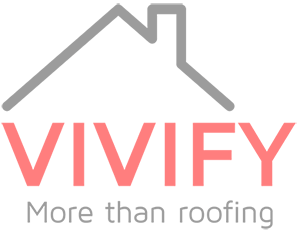
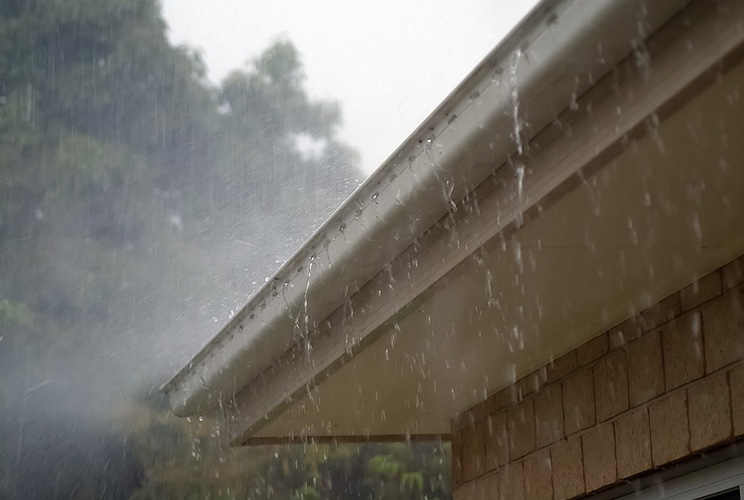
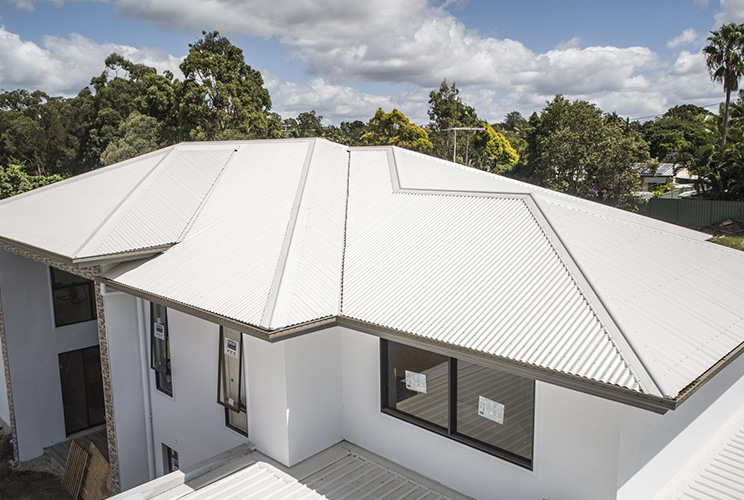
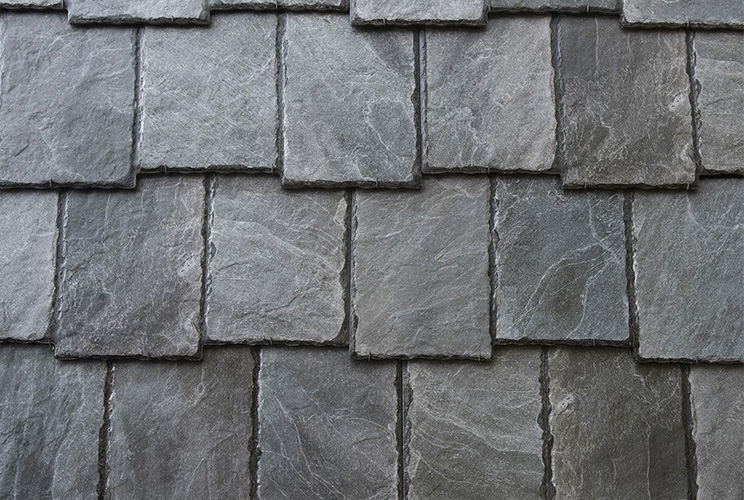

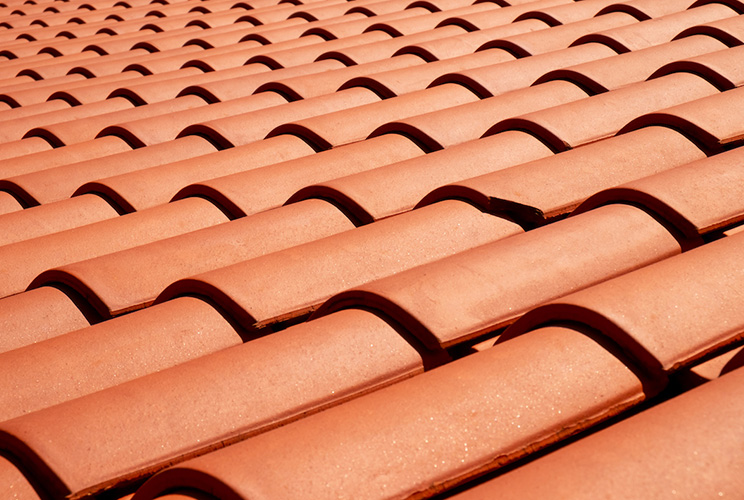
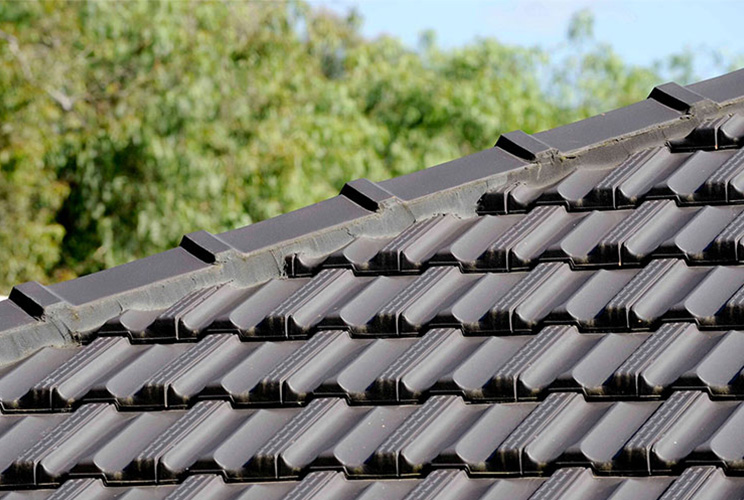
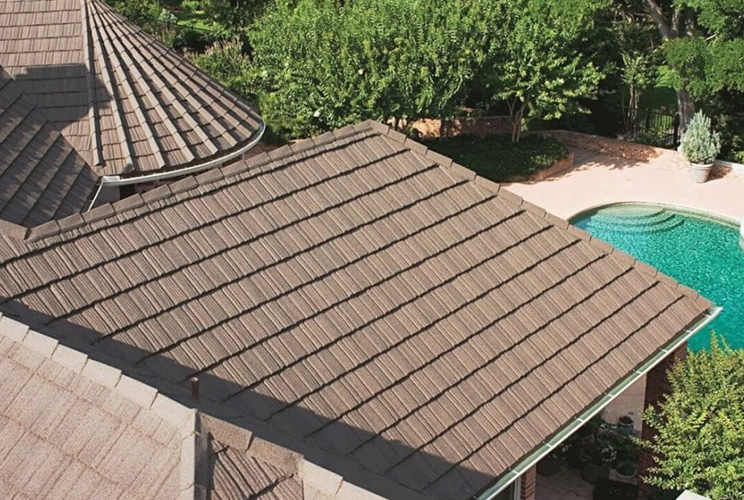
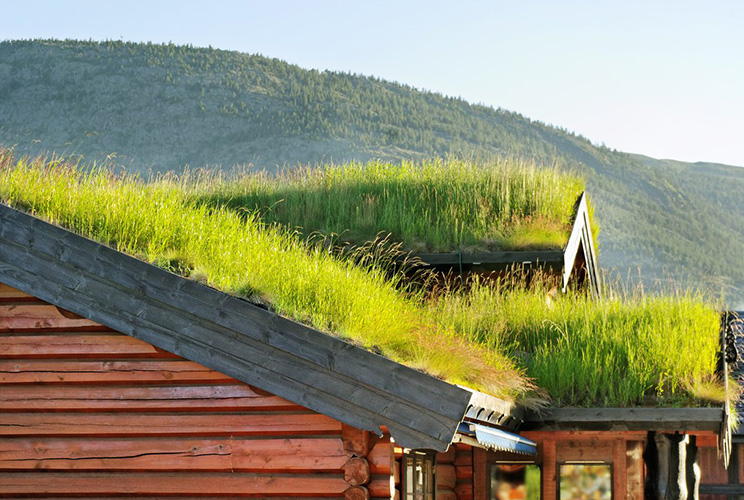
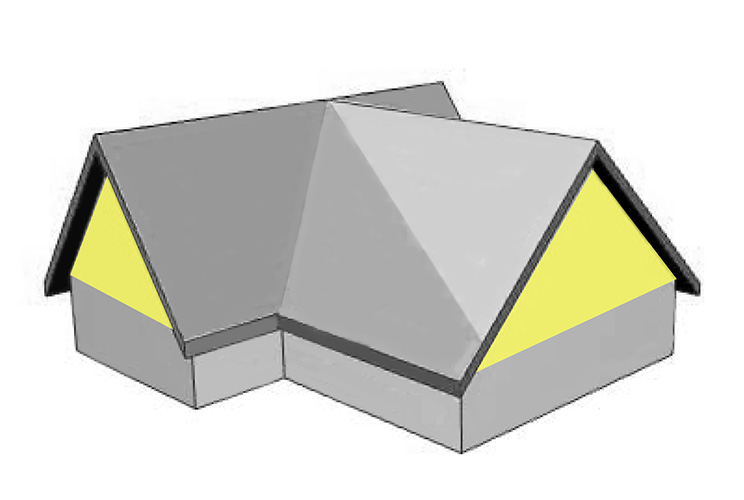
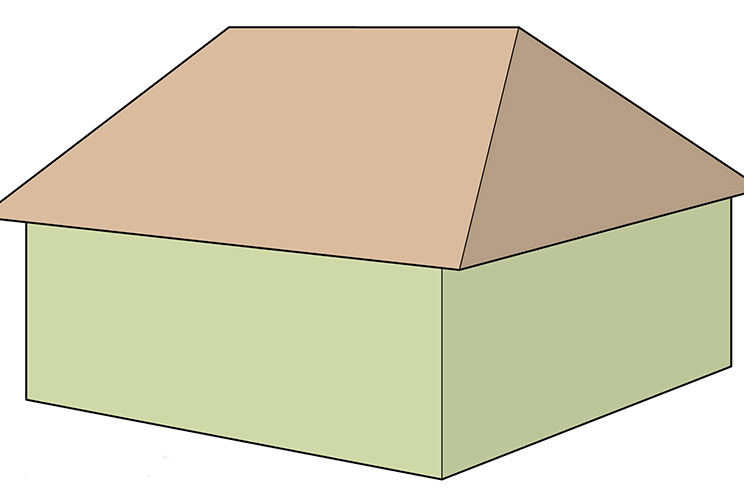
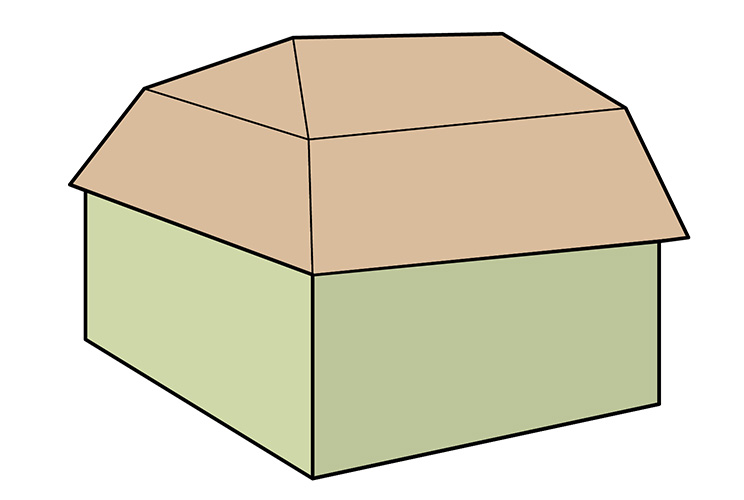
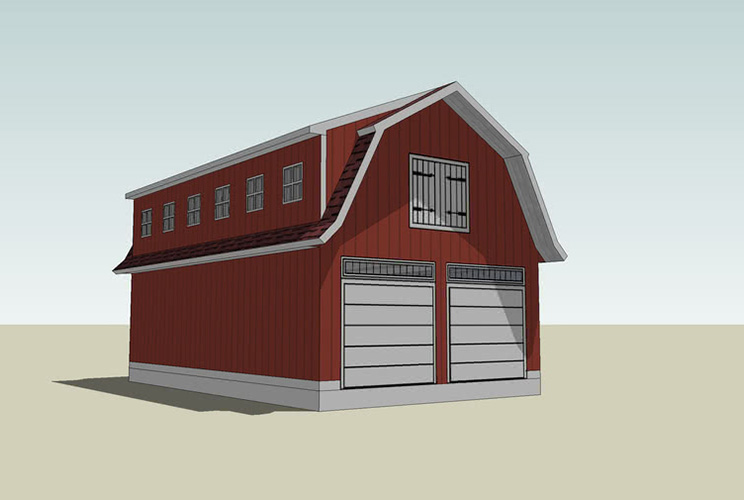
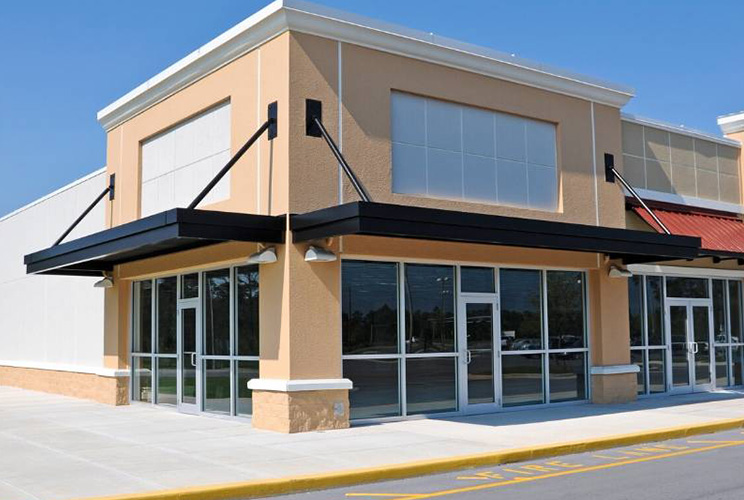
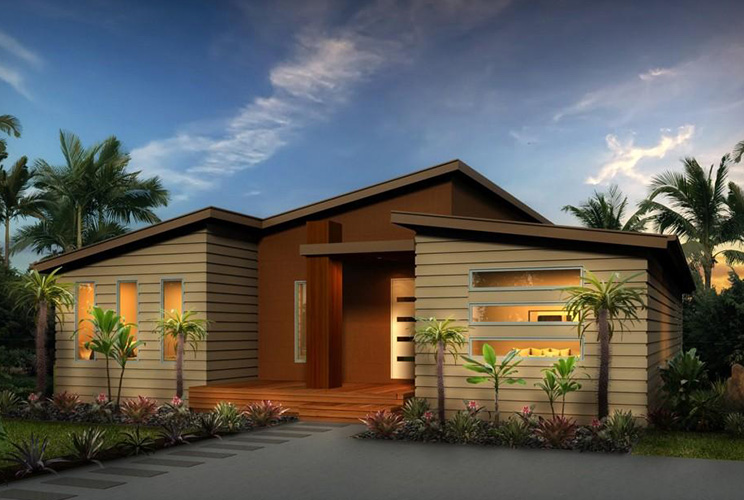
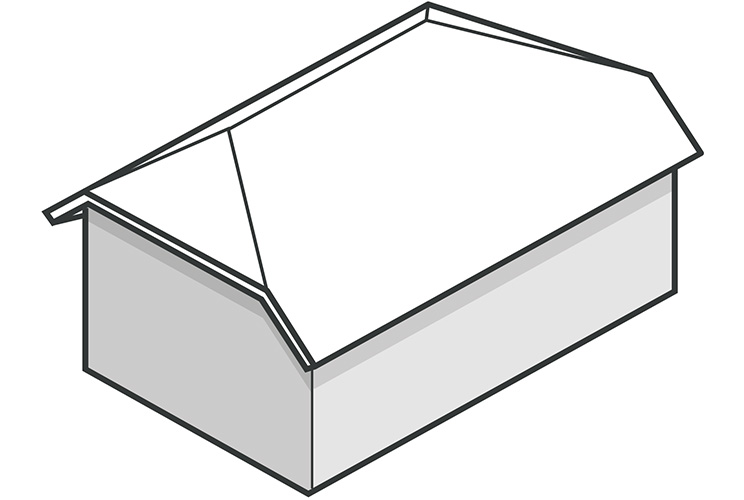
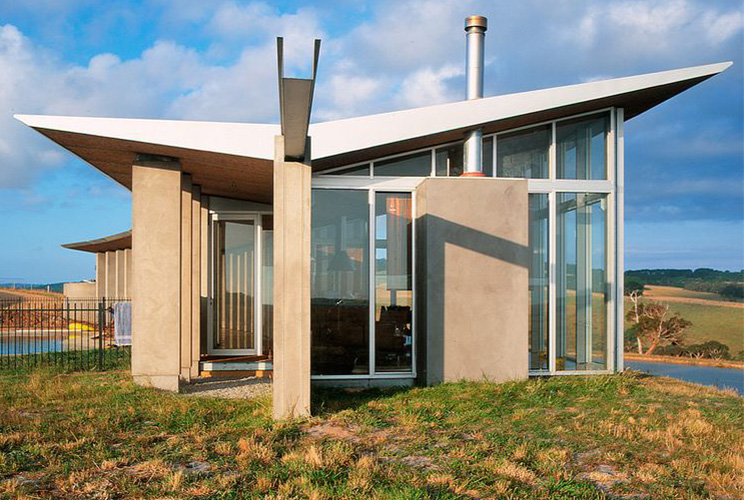
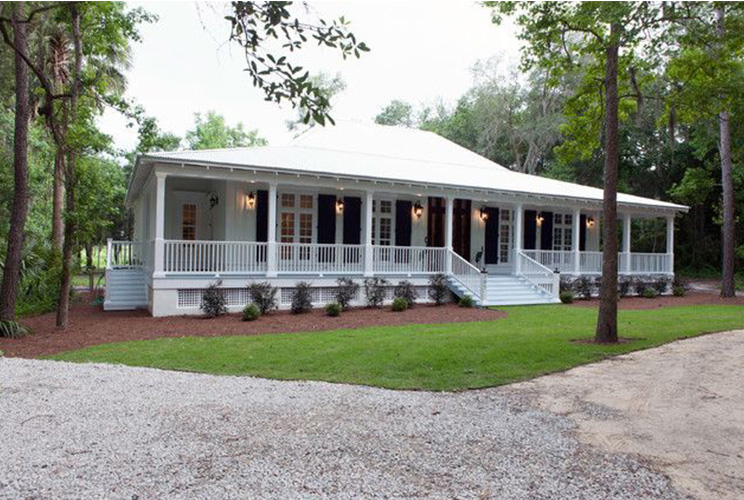
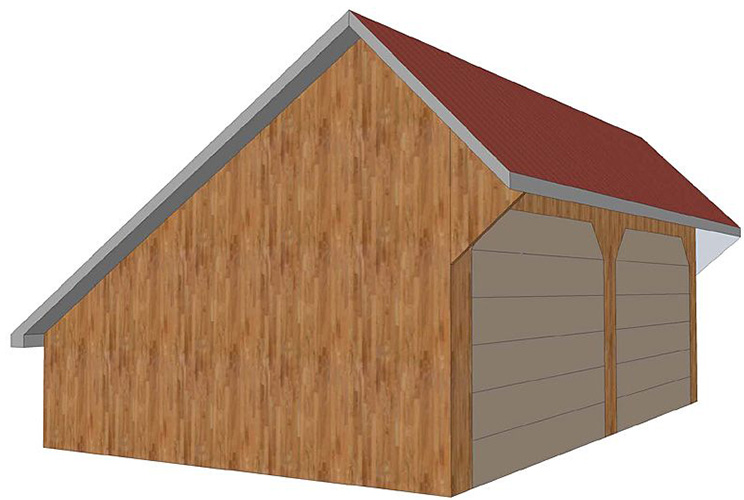
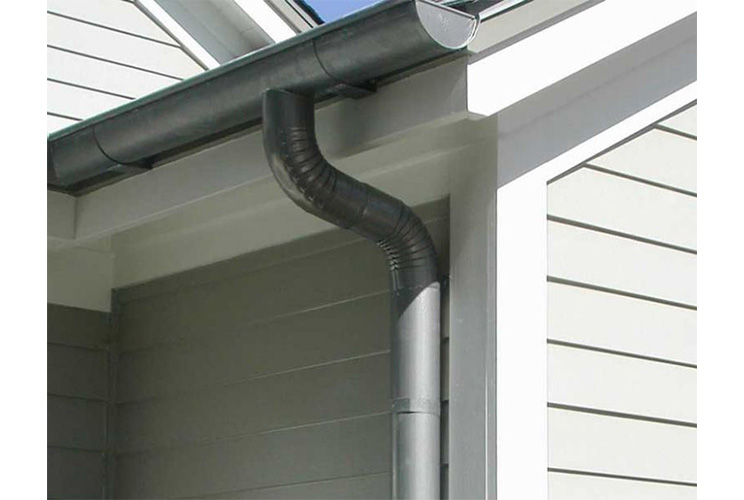
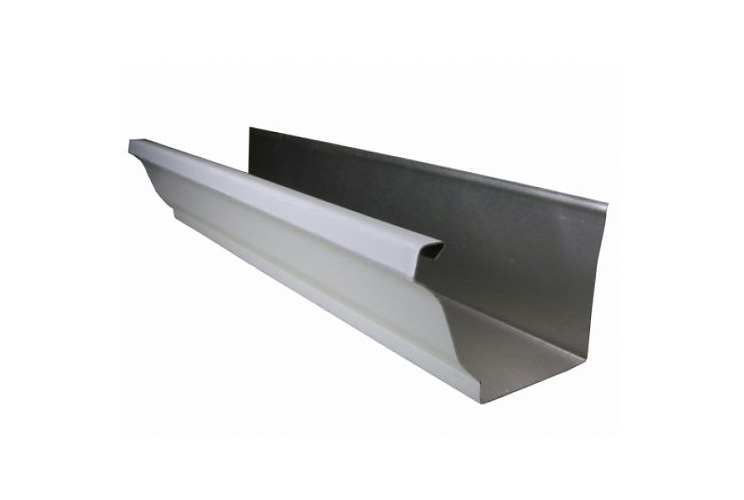
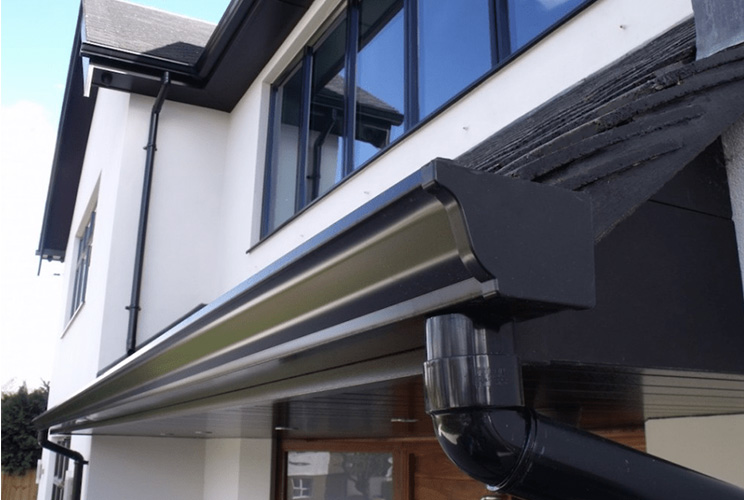
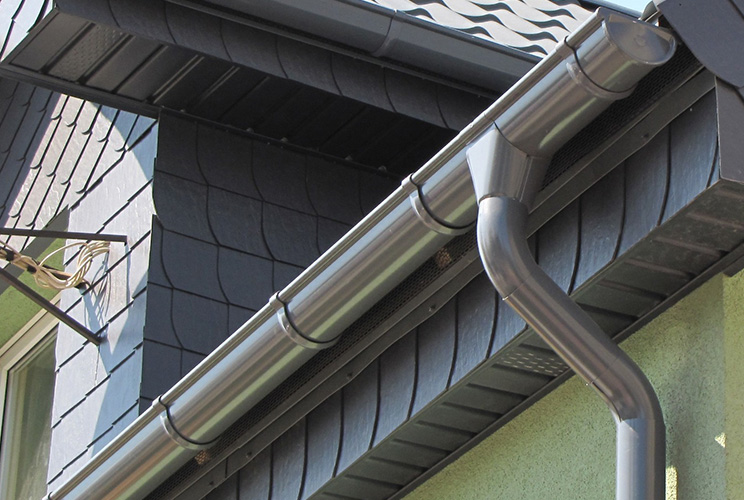
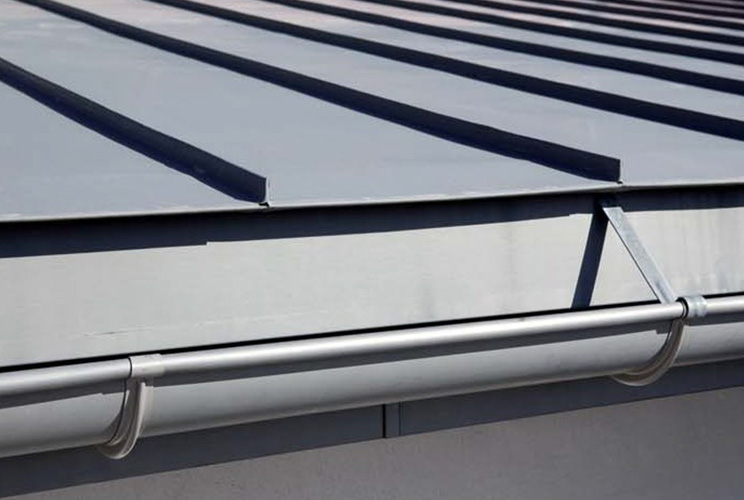
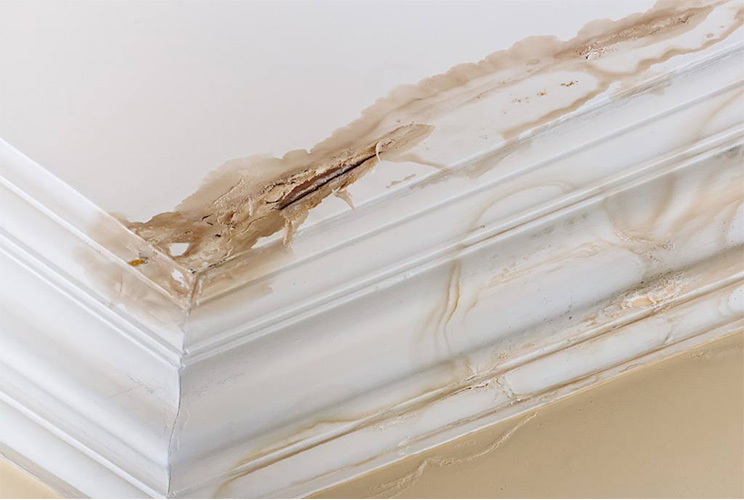
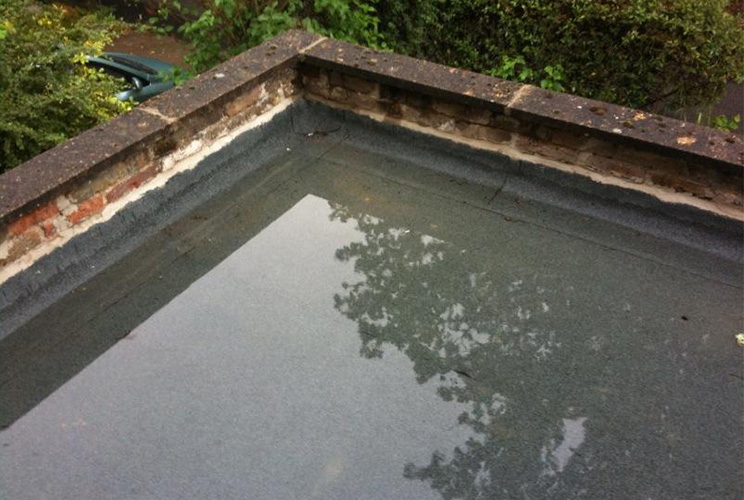
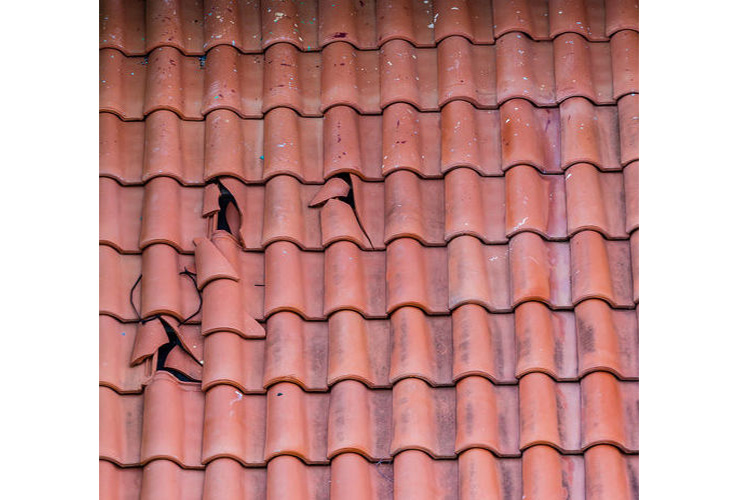
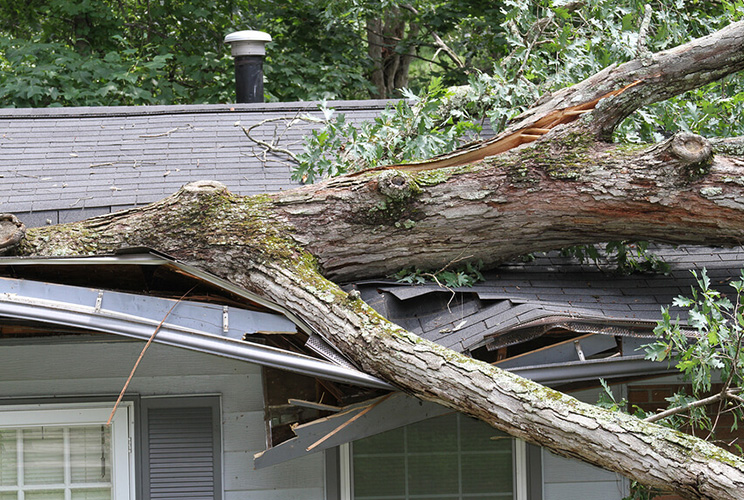
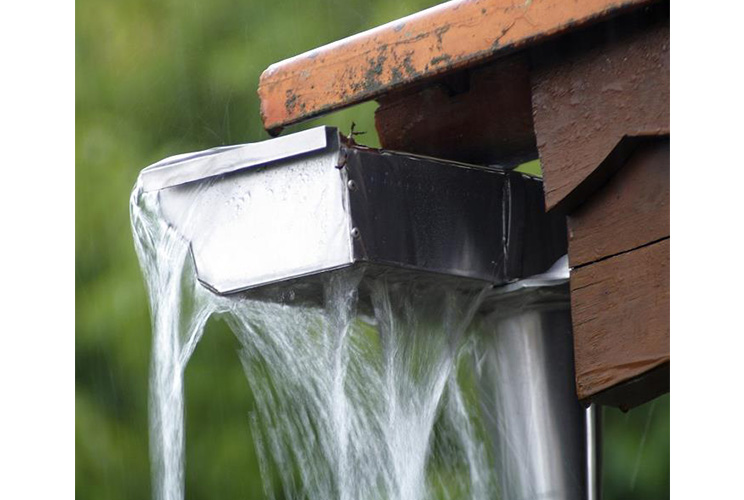
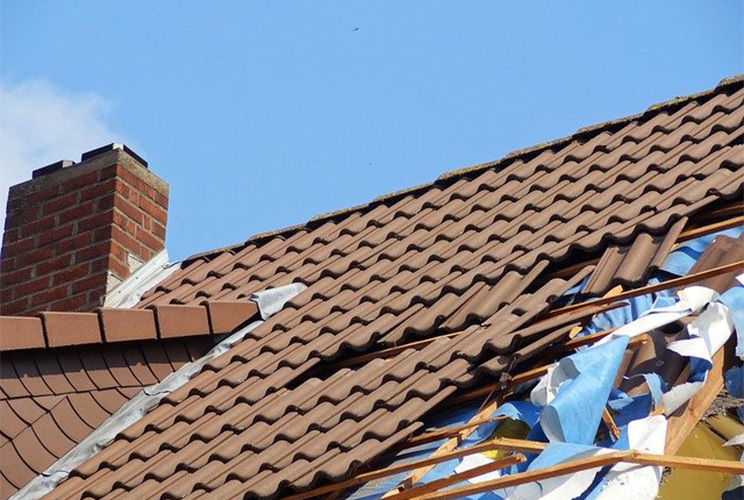
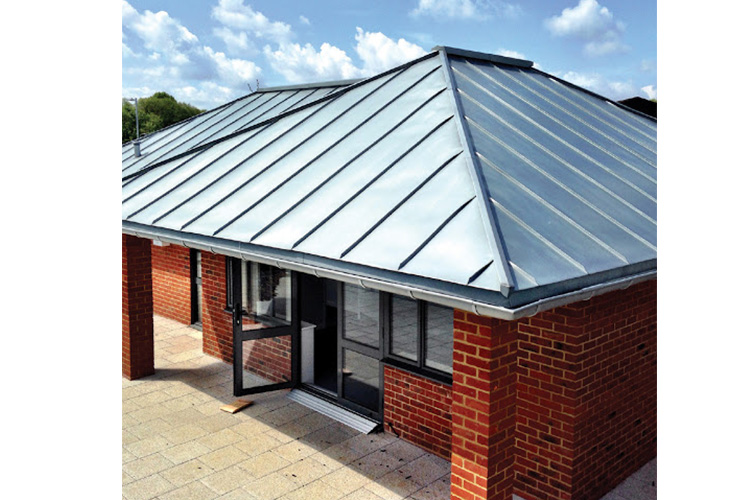

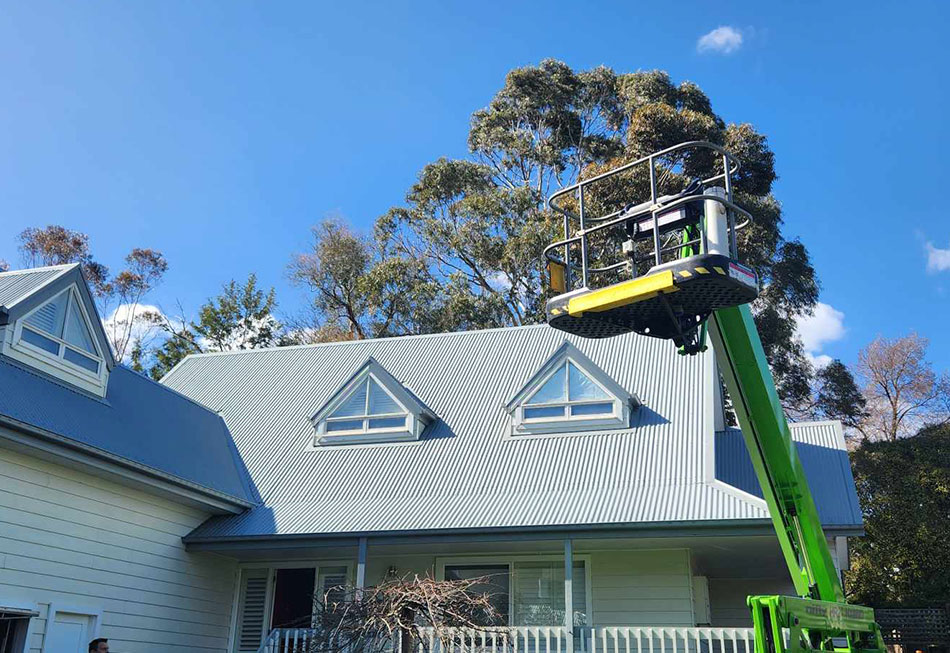
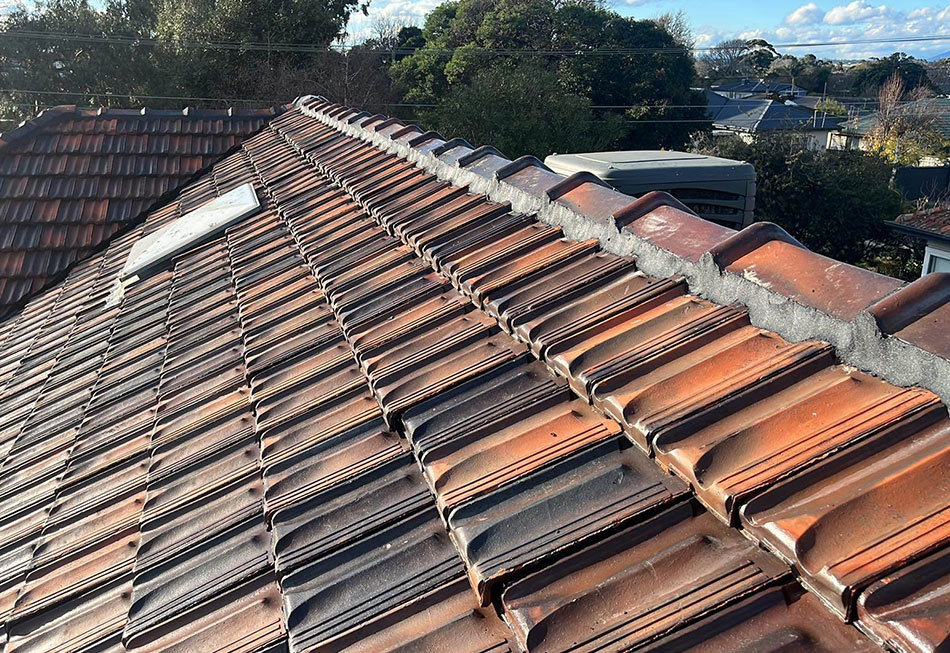

This Post Has 0 Comments